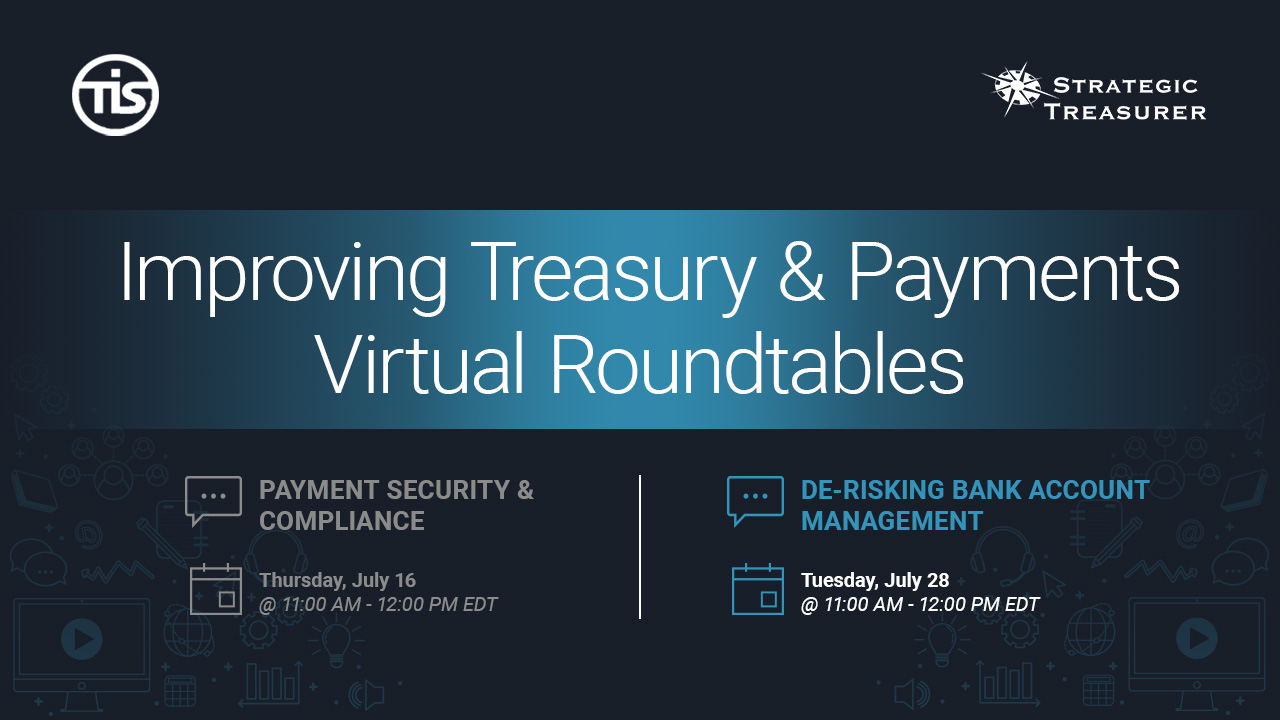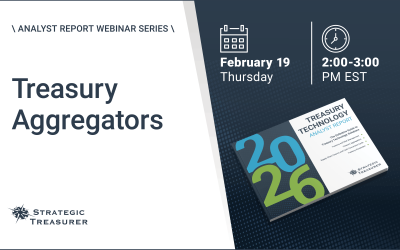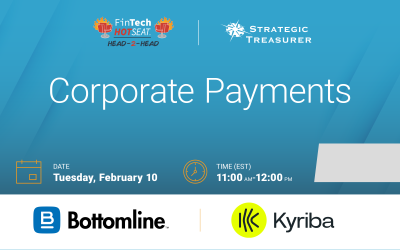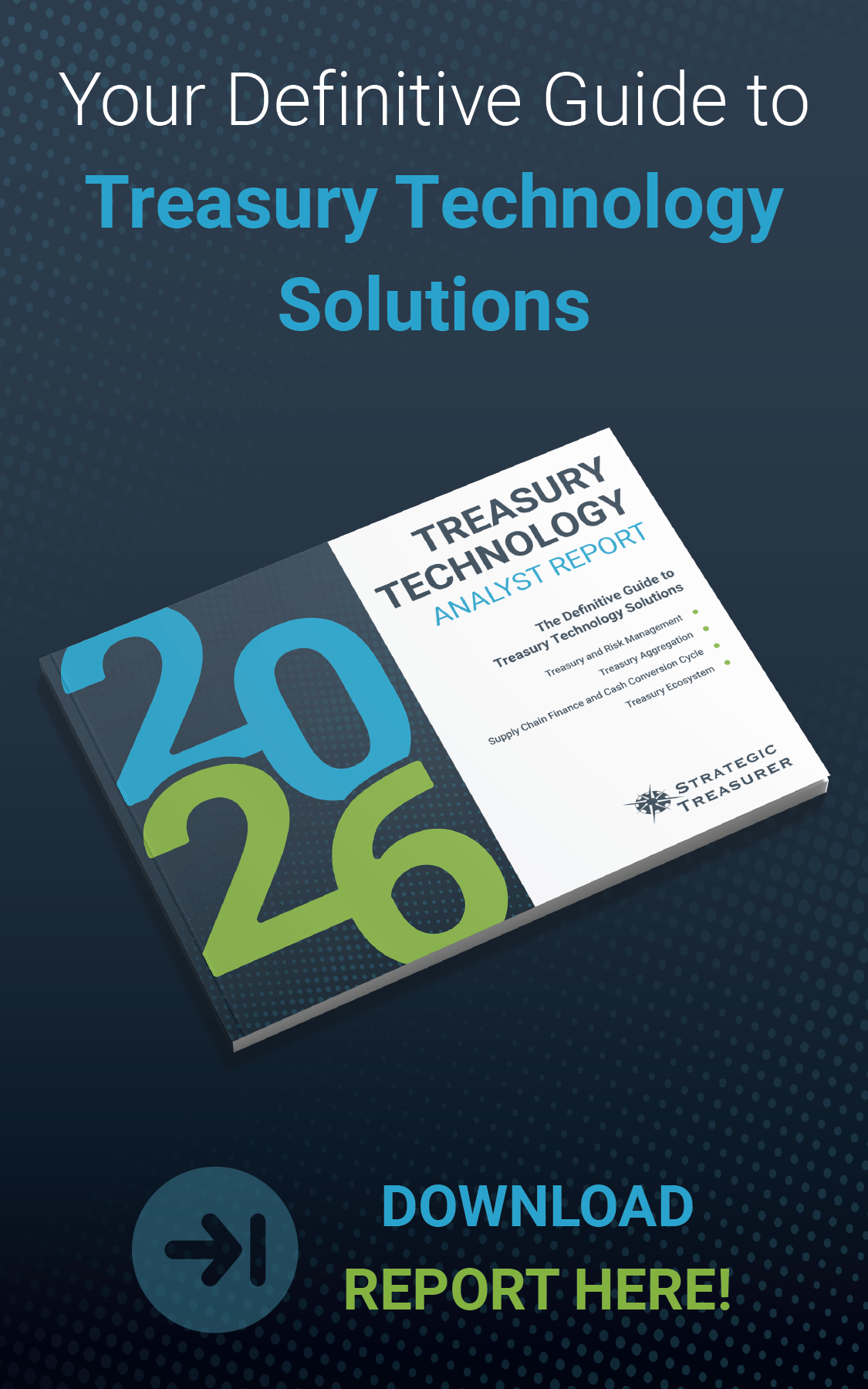Join Craig Jeffery of Strategic Treasurer and Jörg Wiemer and Jonathan Paquette of TIS as they discuss improving treasury and payments during the recovery.
Improving Treasury & Payments During the Recovery Webinar
Date: Thursday, June 18, 2020
Time: 11:00 AM-12:00 PM EDT
Where: This is an online event.

As organizations shift at different times into recovery mode, the insights gained into treasury issues and payment challenges create a natural list of opportunities. Exposures to payment security were highlighted during the work from home (WFH) environment. Mitigating controls were added to protect the process. Fraud attempts and cyber-attacks continue to grow more sophisticated and were already requiring a more robust process. As we move into the recovery phase, the opportunity to strengthen payment processes represents a significant opportunity and requirement for treasury and payment professionals.
Join Craig Jeffery of Strategic Treasurer and Jörg Wiemer and Jonathan Paquette of TIS as they discuss risks in the payment processes, responses to the threats by your peers from recent survey data, and actions, and processes to improve payment activity and compliance.
If you encounter any issues with this webinar replay, please contact our team.
Download the webinar deck here:
You may also be interested in:
#394 – 2026 Outlook Series with Special Fintech Guests: Part 2
In this episode, Craig Jeffery hosts Bob Stark of Kyriba, Rod Young of Deluxe, and Debbie Cunningham of Federated Hermes. They explore key trends for 2026, including agent-based AI, tokenized assets, regulatory shifts, liquidity planning, and the role of data in driving strategic decisions.
Webinar: Treasury Aggregators | February 19
Treasury aggregators (TAs) play a critical role in unifying bank connectivity, payments, and internal systems through a centralized interface that reduces operational complexity. This session will review the current TA landscape and examine how organizations are using these solutions to streamline connectivity, standardize data, and enhance compliance across diverse banking environments. Attendees will also learn how emerging technologies are shaping the next generation of TAs, supporting faster payments, real-time data visibility, and more intelligent decision-making within modern treasury operations.
Fintech Hotseat Head-2-Head: Corporate Payments
This Head-to-Head session will allow solution providers to demonstrate how their offerings address a variety of corporate payment challenges.






